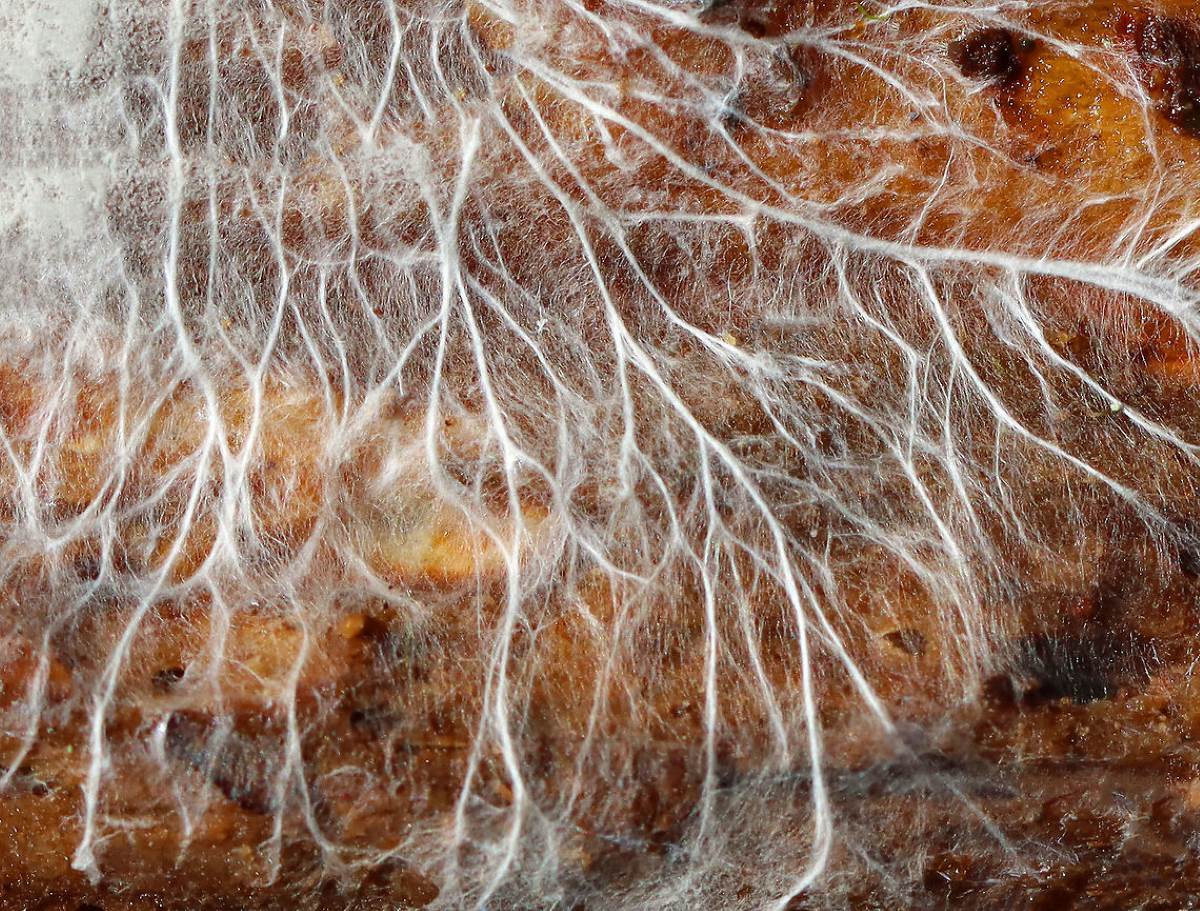

Articles
How To Store Mycelium
Modified: August 27, 2024
Learn how to store mycelium effectively with our informative articles. Discover the best methods and tips for preserving your mycelium to ensure its freshness and viability.
(Many of the links in this article redirect to a specific reviewed product. Your purchase of these products through affiliate links helps to generate commission for Storables.com, at no extra cost. Learn more)
Introduction
Mycelium, the vegetative part of a fungus, plays a crucial role in various industries, including agriculture, medicine, and environmental conservation. Whether you are a mycologist, a hobbyist, or someone interested in the fascinating world of fungi, knowing how to store mycelium is essential to preserve its integrity and ensure its future use. In this article, we will explore the different methods of storing mycelium and discuss the factors to consider before storing it.
Before diving into the details, let’s understand what mycelium is and why it is important to handle it with care.
Key Takeaways:
- Properly storing mycelium is crucial for preserving its viability, conserving rare species, and facilitating ongoing research and experimentation in various fields.
- Factors such as hygiene, genetic stability, and storage duration must be considered when choosing a method for storing mycelium to ensure its long-term viability and future use.
Read more: How To Store Store-Bought Bread
What is Mycelium?
Mycelium is the underground network of thread-like structures, known as hyphae, that make up the main body of a fungus. It serves as the foundation for the growth and reproduction of fungi. Mycelium plays a crucial role in decomposing organic matter, forming symbiotic relationships with plants, and recycling nutrients in the ecosystem.
However, mycelium is not just limited to its ecological role. It is also utilized in various applications such as the production of edible and medicinal mushrooms, bioremediation of contaminated environments, and the development of novel biotechnological products.
Importance of Storing Mycelium
Storing mycelium is important for several reasons:
- Prolonged viability: By storing mycelium properly, you can extend its lifespan and keep it viable for future use. This is particularly important in research and cultivation, where maintaining the genetic integrity of mycelium is crucial.
- Conservation of rare and endangered species: Many fungal species are threatened or endangered due to habitat loss and climate change. Proper storage techniques can aid in the conservation and preservation of these species for future generations.
- Facilitating research and experimentation: Storing mycelium allows researchers and hobbyists to have a constant supply of the fungus, enabling them to conduct experiments, undertake genetic studies, and develop new strains for various purposes.
Factors to Consider Before Storing Mycelium
Before you delve into the methods of storing mycelium, it is important to consider a few key factors:
- Hygiene: It is crucial to maintain proper hygiene during the handling and storage of mycelium to prevent contamination with other organisms, such as bacteria or competing fungi.
- Genetic stability: Different species and strains of fungi have unique storage requirements. It is important to understand the specific needs of the mycelium you are working with to ensure its long-term preservation.
- Storage duration: The length of time you intend to store the mycelium will influence the choice of storage method. Some methods are suitable for short-term storage, while others are better for long-term preservation.
- Equipment availability: Different storage methods require specific equipment and materials. Consider the resources you have and choose a storage method that is feasible for your circumstances.
Now that we have a good understanding of the importance of storing mycelium and the factors to consider, let’s explore the various methods of preserving mycelium in detail.
Key Takeaways:
- Properly storing mycelium is crucial for preserving its viability, conserving rare species, and facilitating ongoing research and experimentation in various fields.
- Factors such as hygiene, genetic stability, and storage duration must be considered when choosing a method for storing mycelium to ensure its long-term viability and future use.
Read more: How To Store Store-Bought Bread
What is Mycelium?
Mycelium is the vegetative part of a fungus, consisting of a vast network of fine, thread-like structures called hyphae. It serves as the foundation for the growth and reproduction of fungi. These hyphae extend through the soil, decaying organic matter, or living organisms, and play a vital role in the ecosystem.
Mycelium is often referred to as the “root” or “feeding” system of fungi, as it extracts nutrients and water from the environment. The hyphae secrete enzymes that break down complex organic compounds, such as cellulose and lignin, into simpler forms that can be absorbed by the fungus. This decomposition process is crucial for nutrient cycling and the maintenance of ecological balance.
Mycelium exists in a wide range of shapes, sizes, and colors, depending on the species of the fungus. It can be seen in various forms, such as a white fungal mat covering decaying wood, a web-like structure in soil, or delicate filaments running through the nutrient source.
Not only is mycelium essential for the environment, but it also holds significant importance in many industries and fields of study:
- Agriculture: Mycelium plays a vital role in soil health and fertility. It helps in nutrient absorption, improves soil structure, and facilitates the transfer of nutrients to plants. Certain mycelium species also form mutualistic relationships with plants, known as mycorrhizae, where they exchange nutrients with plant roots, ensuring plant growth and vitality.
- Medicine: Mycelium has immense medicinal potential. Fungi produce a wide range of bioactive compounds with pharmaceutical properties, including antibiotics, immunosuppressants, and anticancer agents. Many important drugs, such as penicillin and cyclosporine, are derived from fungi. Mycelium cultivation is utilized to produce these valuable medicinal compounds.
- Environmental Conservation: Certain species of mycelium are employed in environmental remediation projects. Fungi have the ability to break down and degrade toxic substances, such as petroleum hydrocarbons and heavy metals, thereby participating in bioremediation efforts. Mycelium is also integral to the decomposition process, aiding in recycling nutrients and organic matter, promoting overall ecological balance.
- Culinary Delights: Edible mushrooms, such as oyster mushrooms and shiitake mushrooms, are harvested from mycelium. These mushrooms are not just a culinary delight but also provide essential nutrients and flavors in various cuisines worldwide.
- Biotechnology: Mycelium has enormous potential in biotechnology applications. It can be genetically modified to produce specific enzymes, proteins, and biofuels. Additionally, mycelium is used as a growth medium for certain types of cells in laboratory settings.
Understanding the importance and characteristics of mycelium is crucial for anyone involved in mycology, agriculture, medicine, or environmental science. It is an awe-inspiring and versatile organism that continues to unveil its mysteries as we explore and harness its potential.
Importance of Storing Mycelium
Storing mycelium properly is of utmost importance to ensure its viability and longevity. Here are some key reasons why storing mycelium holds such significance:
- Prolonged Viability: Storing mycelium under appropriate conditions can extend its lifespan and preserve its viability. This is particularly crucial in research, agriculture, and cultivation, where maintaining the genetic integrity of mycelium is paramount. Whether it’s preserving wild mushroom strains or storing genetically modified mycelium for future experiments, proper storage techniques can ensure the continued vitality of the fungus.
- Conservation and Preservation: Many fungal species, including rare and endangered ones, face threats such as habitat loss, pollution, and climate change. Storing mycelium offers a means to conserve and preserve these species for future generations. By safeguarding their genetic material, we can contribute to the preservation of biodiversity and potentially reintroduce endangered species to their natural habitats.
- Constant Supply for Research: Storing mycelium allows researchers, scientists, and hobbyists to maintain a constant supply of the fungus. This is vital for conducting experiments, undertaking genetic studies, and developing new strains and hybrids. Having access to a diverse range of stored mycelium samples ensures a wide array of possibilities for scientific advancements and innovation.
- Development of Commercial Cultures: Many industries, such as the edible mushroom cultivation industry and the production of bioactive compounds, rely on a steady supply of mycelium. Properly stored mycelium can serve as a source for developing commercial cultures and providing consistent quality and yields. This is especially important for industries where the specific genetic traits and characteristics of mycelium directly impact the final product.
- Preserving Traditional and Indigenous Knowledge: Storing mycelium can also aid in preserving traditional or indigenous knowledge related to locally important and culturally significant fungi. By documenting and storing mycelium samples from specific regions, we can safeguard the valuable knowledge associated with these fungal species and ensure its continued transmission to future generations.
By understanding the importance of storing mycelium, we can emphasize the significance of proper storage techniques and protocols. Through responsible and effective storage practices, we can not only preserve the vitality of mycelium but also contribute to the advancement of science, the conservation of biodiversity, and the sustainable utilization of fungi in various industries.
Factors to Consider Before Storing Mycelium
Before embarking on the process of storing mycelium, it is important to consider a few key factors. These factors will influence the success of the storage method and the longevity of the mycelium. Here are some key considerations:
- Hygiene: Ensuring proper hygiene is crucial during the handling and storage of mycelium. Contaminants such as bacteria or competing fungi can compromise the viability and health of the mycelium. It is important to clean and sterilize the equipment, working surfaces, and your hands to minimize the risk of contamination.
- Genetic Stability: Different species and strains of fungi have unique storage requirements. Some mycelium may be more resilient to storage conditions, while others may require specific temperature, humidity, or nutrient conditions. Understanding the specific needs of the mycelium you are working with is essential to maintaining its genetic stability during storage.
- Storage Duration: The duration for which you intend to store the mycelium will influence the choice of storage method. Certain methods are more suitable for short-term storage, while others are better for long-term preservation. It is important to select a storage method that aligns with your intended storage duration to maximize the viability of the mycelium.
- Equipment Availability: Different storage methods require specific equipment and materials. Consider the resources you have available and choose a storage method that is feasible for your circumstances. Some methods, such as storing mycelium in a petri dish or slant agar tube, can be accomplished with minimal equipment, while others may require specialized equipment like a freeze dryer or liquid culture lab setup.
- Storage Environment: Creating the ideal storage environment is essential for preserving the mycelium. Factors such as temperature, humidity, and light exposure can significantly impact the viability and health of the mycelium. Research the optimal storage conditions for your specific type of mycelium and strive to replicate those conditions to the best of your ability.
- Documentation and Labeling: Properly documenting and labeling the stored mycelium is crucial for easy identification and retrieval. Use clear and consistent labeling methods, including the date of storage, species/strain name, and any relevant additional information. Maintaining an organized inventory system will save you time and effort when you need to retrieve specific mycelium samples.
Considering these factors before storing mycelium is essential to ensure its long-term viability and maximize its potential for future use. By paying attention to hygiene, understanding the specific requirements of the mycelium, selecting an appropriate storage method, creating a suitable storage environment, and maintaining proper documentation, you can enhance the success and effectiveness of your mycelium storage endeavors.
Methods of Storing Mycelium
There are several methods available for storing mycelium, each with its own advantages and suitability for different purposes. The choice of method depends on factors such as the intended duration of storage, the type of mycelium, and the available resources. Here are some commonly used methods:
1. Storing Mycelium in a Petri Dish
Storing mycelium in a petri dish is a simple and cost-effective method, suitable for short-term storage or when working with small quantities of mycelium. The mycelium is grown on agar plates in a sterile environment. Once the mycelium fully colonizes the agar, the dish is sealed with Parafilm or a lid to prevent contamination. Petri dish storage is convenient for easy observation of mycelium growth and enables the transfer of mycelium to other mediums when required.
Read more: How To Store Arrows
2. Storing Mycelium in a Slant Agar Tube
A slant agar tube is another method for storing mycelium in a compact and easy-to-store format. In this method, mycelium is grown on the slanted surface of an agar-filled test tube. The tube is then sealed and stored upright to prevent the agar from drying out. Slant agar tubes are ideal for mid-term storage and allow for easy transfer of mycelium to fresh agar plates or other mediums.
3. Storing Mycelium in a Grain Spawn Bag
Grain spawn bags are commonly used in mushroom cultivation for the propagation of mycelium. They can also serve as a method for storing mycelium. In this method, mycelium is grown on sterilized grains, such as rye or wheat, within a sealed bag. The bag is sterilized to ensure a contamination-free environment. Grain spawn bags are suitable for long-term storage and can be refrigerated or kept at room temperature, depending on the mycelium’s requirements.
4. Storing Mycelium in a Liquid Culture
A liquid culture involves growing mycelium in a liquid medium that provides necessary nutrients and promotes rapid growth. In this method, mycelium is submerged in a nutrient-rich solution such as malt extract broth or potato dextrose broth. The liquid culture is stored in a sterile container and can be stored in a refrigerator or at room temperature depending on the mycelium species. Liquid cultures facilitate easy transfer of mycelium to other mediums and are useful for long-term storage and large-scale propagation.
5. Storing Mycelium in a Freeze Dryer
Freeze drying, also known as lyophilization, is a method that involves removing moisture from mycelium while maintaining its structure. In this method, mycelium is frozen and placed in a vacuum chamber, where the frozen water is vaporized, leaving behind dehydrated mycelium. Freeze-dried mycelium can be stored for extended periods and has the advantage of being light in weight and easy to transport. However, freeze-drying requires specialized equipment and is primarily used for long-term storage in research laboratories or commercial applications.
When selecting a storage method for mycelium, consider the intended duration of storage, available resources, and the potential future use of the mycelium. It is also important to follow proper sterilization protocols and maintain a clean and hygienic environment to ensure successful storage and preservation of the mycelium.
Read more: How To Store Roux
Storing Mycelium in a Petri Dish
Storing mycelium in a petri dish is a popular and cost-effective method that allows for easy observation and transfer of the fungus. This method is commonly used for short-term storage or when working with small quantities of mycelium. Here’s a step-by-step guide on storing mycelium in a petri dish:
Materials Needed:
- Petri dish
- Agar medium
- Mycelium sample
- Parafilm or lid
- Sterile work area or laminar flow hood
- Alcohol spray or disinfectant
Procedure:
- Prepare the agar medium by following the manufacturer’s instructions. Autoclave or sterilize the medium to ensure a sterile environment.
- In a sterile work area, open the petri dish and pour the sterilized agar medium into it, leaving some space at the top for the mycelium to grow.
- Allow the agar to solidify and cool down to room temperature. Ensure the dish remains covered to prevent contamination.
- Inoculate the petri dish by placing a small piece of mycelium onto the surface of the agar. This can be done using a sterilized inoculation loop or scalpel.
- Close the petri dish using either Parafilm or a lid. Make sure it is sealed tightly to prevent contamination.
- Label the petri dish with the date, species/strain name, and any other relevant information for easy identification.
- Store the petri dish in an appropriate environment. Some mycelium species prefer cooler temperatures, while others prefer room temperature. Refer to specific species guidelines for optimal storage conditions.
- Monitor the growth of the mycelium regularly. If contamination occurs, discard the dish to avoid spreading it further.
- If you need to transfer the mycelium to another medium or grow it further, use a sterilized instrument to carefully cut out a piece of the mycelium and transfer it to the desired medium.
Storing mycelium in a petri dish allows for easy observation of growth and facilitates the transfer of the mycelium to other mediums when required. It is suitable for short-term storage, experimentation, and small-scale cultivation. However, keep in mind that petri dishes have limited space, and mycelium stored in this manner may require regular subculturing or transfer to fresh media to maintain its vitality over an extended period.
Remember to maintain proper hygiene throughout the process, working in a sterile environment, and using sterilized tools and materials to prevent contamination. By following these guidelines, you can successfully store and preserve mycelium in a petri dish for various research, educational, or hobby purposes.
Storing Mycelium in a Slant Agar Tube
Storing mycelium in a slant agar tube is a commonly used method that provides a compact and easy-to-store format for preserving fungal cultures. This method is ideal for mid-term storage and allows for easy transfer of mycelium to fresh agar plates or other mediums. Here’s a step-by-step guide on storing mycelium in a slant agar tube:
Materials Needed:
- Slant agar tubes
- Agar medium
- Mycelium sample
- Alcohol spray or disinfectant
- Sterile loop or scalpel
- Incubator or temperature-controlled storage area
Procedure:
- Prepare the agar medium by following the manufacturer’s instructions. Autoclave or sterilize the medium to create a sterile environment.
- Pour the sterilized agar medium into slant agar tubes. Tilt the tubes at an angle to create a slanted surface for mycelium growth.
- Allow the agar to solidify and cool down to room temperature. Ensure the tubes remain in an upright position during this process to prevent the agar from covering the tube opening.
- In a sterile environment, use tweezers or a sterilized loop/scalpel to transfer a small piece of mycelium onto the slanted surface of the agar in the tube.
- Seal the opening of the tube using a sterile cotton plug or a screw-cap. This will help maintain a sterile environment within the tube.
- Label the tube with the date, species/strain name, and any other relevant information for easy identification.
- Store the slant agar tubes in an appropriate environment. Most mycelium species prefer cooler temperatures for storage, typically around 4 to 10 degrees Celsius. However, refer to specific species guidelines for optimal storage conditions.
- Regularly monitor the slant agar tubes for mycelium growth. If contamination occurs, discard the tube to prevent the spread of contaminants.
- To transfer the mycelium to another medium or grow it further, sterilize a loop or scalpel and carefully scrape a small amount of mycelium from the agar surface. Then transfer it to the desired medium or fresh agar plate.
Storing mycelium in a slant agar tube provides a convenient and space-efficient format for mid-term storage. The slanted surface of the agar allows the mycelium to grow in a distinct direction, making it easier to transfer to other media or cultivate in larger quantities.
Ensure that all tools, materials, and the working environment are properly sterilized to prevent contamination. By following these guidelines, you can effectively store and preserve mycelium in slant agar tubes, allowing for easy access and transfer when needed.
Storing Mycelium in a Grain Spawn Bag
Storing mycelium in a grain spawn bag is a widely used method in mushroom cultivation for both short-term and long-term storage. Grain spawn bags provide a convenient and controlled environment that promotes mycelium growth and preserves its viability. Here’s a step-by-step guide on storing mycelium in a grain spawn bag:
Materials Needed:
- Grain spawn bag
- Sterilized grains (such as rye or wheat)
- Mycelium sample
- Sealing tape or heat sealer
- Incubator or temperature-controlled storage area
Procedure:
- Prepare the sterilized grains by following the manufacturer’s instructions. Typically, this involves soaking the grains, followed by sterilization through pressure cooking or autoclaving.
- Allow the sterilized grains to cool down to room temperature. Excess moisture should be drained to ensure proper growth conditions for the mycelium.
- In a sterile environment, combine the sterilized grains with the mycelium sample. Mix gently to evenly distribute the mycelium throughout the grain substrate.
- Transfer the grain and mycelium mixture into a grain spawn bag. Fill the bag loosely, leaving some space at the top to allow for expansion and growth.
- Seal the grain spawn bag using sealing tape or a heat sealer. Make sure the bag is airtight to prevent contamination.
- Label the bag with the date, species/strain name, and any other relevant information for easy identification.
- Store the grain spawn bags in an appropriate environment. Most mycelium species prefer cooler temperatures for storage, typically around 4 to 10 degrees Celsius. However, refer to specific species guidelines for optimal storage conditions.
- Check the bags periodically to monitor mycelium growth. If contamination occurs, discard the bag to prevent the spread of contaminants.
- When ready to use the stored mycelium, open the bag in a sterile environment, and transfer the grain spawn to the desired growth substrate or medium for further cultivation.
Storing mycelium in a grain spawn bag provides a convenient and controlled environment for preserving the mycelium’s viability. The grains supply necessary nutrients and help maintain moisture levels for mycelium growth.
Ensure that all tools, materials, and the working environment are properly sterilized to prevent contamination. By following these guidelines, you can effectively store and preserve mycelium in grain spawn bags, providing a reliable source of inoculum for mushroom cultivation and other mycelium-related projects.
Storing Mycelium in a Liquid Culture
Storing mycelium in a liquid culture is a versatile method that allows for the preservation and propagation of fungal cultures in a liquid medium. This technique is commonly used for long-term storage and large-scale propagation of mycelium. Here’s a step-by-step guide on storing mycelium in a liquid culture:
Materials Needed:
- Liquid culture medium (e.g., malt extract broth, potato dextrose broth)
- Sterile containers (such as Erlenmeyer flasks or glass jars)
- Mycelium sample
- Microorganisms-free water
- Alcohol spray or disinfectant
- Incubator or temperature-controlled storage area
Procedure:
- Prepare the liquid culture medium according to the manufacturer’s instructions or established protocol. Sterilize the medium by autoclaving or pressure cooking to create a sterile environment.
- In a sterile environment, transfer a small piece of mycelium into the sterilized liquid culture medium. Use a sterilized loop or scalpel to prevent contamination.
- Seal the container with a lid or stopper to prevent contamination. Ensure that the lid or stopper is fitted with a gas exchange filter or covered with a piece of breathable material to allow for gas exchange while preventing contamination.
- Label the container with the date, species/strain name, and any other relevant information for easy identification.
- Incubate the liquid culture container at the appropriate temperature for the specific mycelium species. Most liquid cultures are stored at room temperature or slightly cooler, but refer to specific guidelines for optimal storage conditions.
- Periodically check the appearance of the liquid culture. The mycelium should grow and form visible growth patterns or “pom-poms” in the liquid.
- If contamination is observed, discard the contaminated culture to prevent the spread of contaminants.
- To preserve the liquid culture in the long term, periodically transfer a small portion of the mycelium to fresh liquid culture medium to maintain its vitality.
- When ready to use the liquid culture, aseptically transfer a portion of the mycelium to the desired growth substrate or medium for further cultivation or inoculation.
Storing mycelium in a liquid culture provides a versatile method for long-term storage and large-scale propagation. The liquid medium provides a rich source of nutrients, allowing the mycelium to actively grow and maintain its viability over an extended period.
Maintain proper hygiene and sterilization throughout the process to prevent contamination. By following these guidelines, you can effectively store and preserve mycelium in a liquid culture, ensuring a continuous supply of mycelium for various research, cultivation, and experimentation purposes.
Read more: How To Store A Couch
Storing Mycelium in a Freeze Dryer
Storing mycelium in a freeze dryer, also known as lyophilization, is a highly effective method for long-term preservation of fungal cultures. Freeze drying removes moisture from the mycelium while maintaining its structure and vitality. This technique is commonly used in research laboratories and commercial settings. Here’s a step-by-step guide on storing mycelium in a freeze dryer:
Materials Needed:
- Freeze dryer
- Mycelium sample
- Cryovials or other suitable storage containers
- Gas-tight storage bags or moisture-proof packaging
- Desiccant or oxygen absorbers (optional)
Procedure:
- Clean and sterilize the freeze dryer according to the manufacturer’s instructions to ensure a sterile environment for handling the mycelium.
- Prepare the mycelium sample by transferring a small section of the mycelium to a cryovial or other suitable storage container. Ensure the container is sterile and appropriate for freeze drying.
- Place the cryovials or containers with the mycelium into the freeze dryer, arranging them in a way that allows proper airflow and prevents cross-contamination between samples.
- Start the freeze drying process according to the freeze dryer’s instructions. This typically involves freezing the sample to a very low temperature and creating a vacuum to remove moisture through sublimation.
- Monitor the freeze drying process and adjust as needed to ensure optimal conditions for preserving the mycelium. The duration of the process may vary depending on the moisture content and type of mycelium being freeze-dried.
- Once the mycelium is completely freeze-dried, remove the containers from the freeze dryer and seal them in gas-tight storage bags or moisture-proof packaging to prevent moisture from re-entering.
- Consider adding desiccant or oxygen absorbers to the packaging for added moisture and oxygen control, which further extends the shelf life of the freeze-dried mycelium.
- Label the storage containers with the date, species/strain name, and any other relevant information for easy identification.
- Store the freeze-dried mycelium in a cool, dark, and dry environment. Proper storage conditions will help maintain the viability and quality of the mycelium over a prolonged period.
- When ready to use the freeze-dried mycelium, rehydrate it by adding distilled water or a suitable liquid medium. Allow the mycelium to regain its original structure and proceed with the desired cultivation or research activities.
Storing mycelium in a freeze dryer offers a highly efficient method for long-term preservation. Freeze-dried mycelium has the advantage of being lightweight, easy to transport, and retaining its viability for an extended period. It is commonly utilized in research and commercial applications that require long-term storage, transportation, or distribution of mycelium cultures.
Maintain proper hygiene, sterile techniques, and follow the manufacturer’s instructions when using the freeze dryer. By following these guidelines, you can effectively store and preserve mycelium in a freeze dryer, ensuring a valuable resource for future research, cultivation, and scientific endeavors.
Conclusion
Storing mycelium is a crucial aspect of working with fungi, whether for research, cultivation, or conservation purposes. By employing proper storage techniques, we can extend the viability and preserve the integrity of mycelium, ensuring its future use and maximizing its potential.
In this article, we explored various methods of storing mycelium, including storing it in a petri dish, slant agar tube, grain spawn bag, liquid culture, and freeze dryer. Each method has its own advantages and suitability for different storage durations, quantities, and resources available.
When storing mycelium, it is important to consider factors such as hygiene, genetic stability, storage duration, equipment availability, and storage environment. By taking these factors into account, we can make informed decisions and optimize the storage conditions for the specific mycelium we are working with.
By storing mycelium, we can achieve several important outcomes. Proper storage techniques allow us to prolong the viability of mycelium, conserve and protect rare and endangered species, maintain a constant supply for research and experimentation, develop commercial cultures, and preserve traditional knowledge associated with indigenous fungi.
Whether we are storing mycelium in a petri dish, slant agar tube, grain spawn bag, liquid culture, or freeze dryer, it is critical to adhere to proper sterilization practices and maintain a clean and hygienic environment. This ensures the prevention of contamination and the preservation of the mycelium’s viability.
In conclusion, understanding the importance of storing mycelium and implementing effective storage methods allows us to unlock the vast potential of fungi in fields such as medicine, agriculture, environmental conservation, and biotechnology. By preserving and nurturing mycelium, we contribute to the advancement of science, the protection of biodiversity, and the sustainable utilization of fungi for the benefit of our planet and future generations.
Frequently Asked Questions about How To Store Mycelium
Was this page helpful?
At Storables.com, we guarantee accurate and reliable information. Our content, validated by Expert Board Contributors, is crafted following stringent Editorial Policies. We're committed to providing you with well-researched, expert-backed insights for all your informational needs.



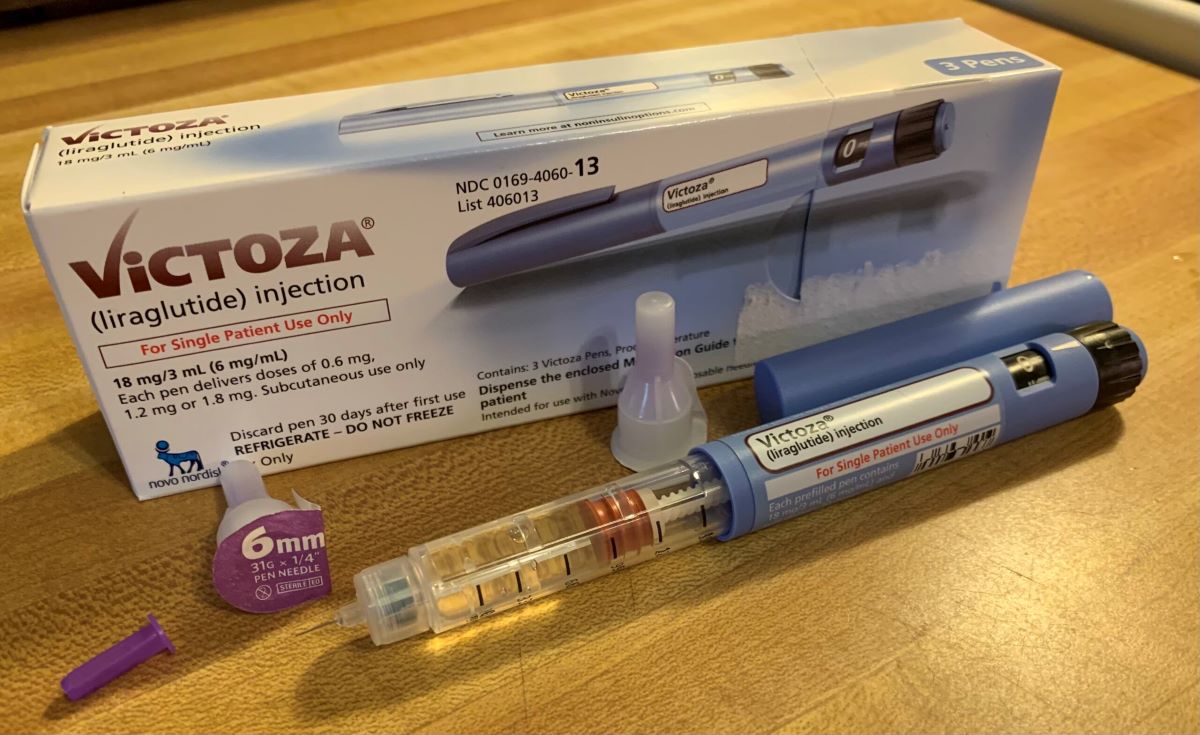
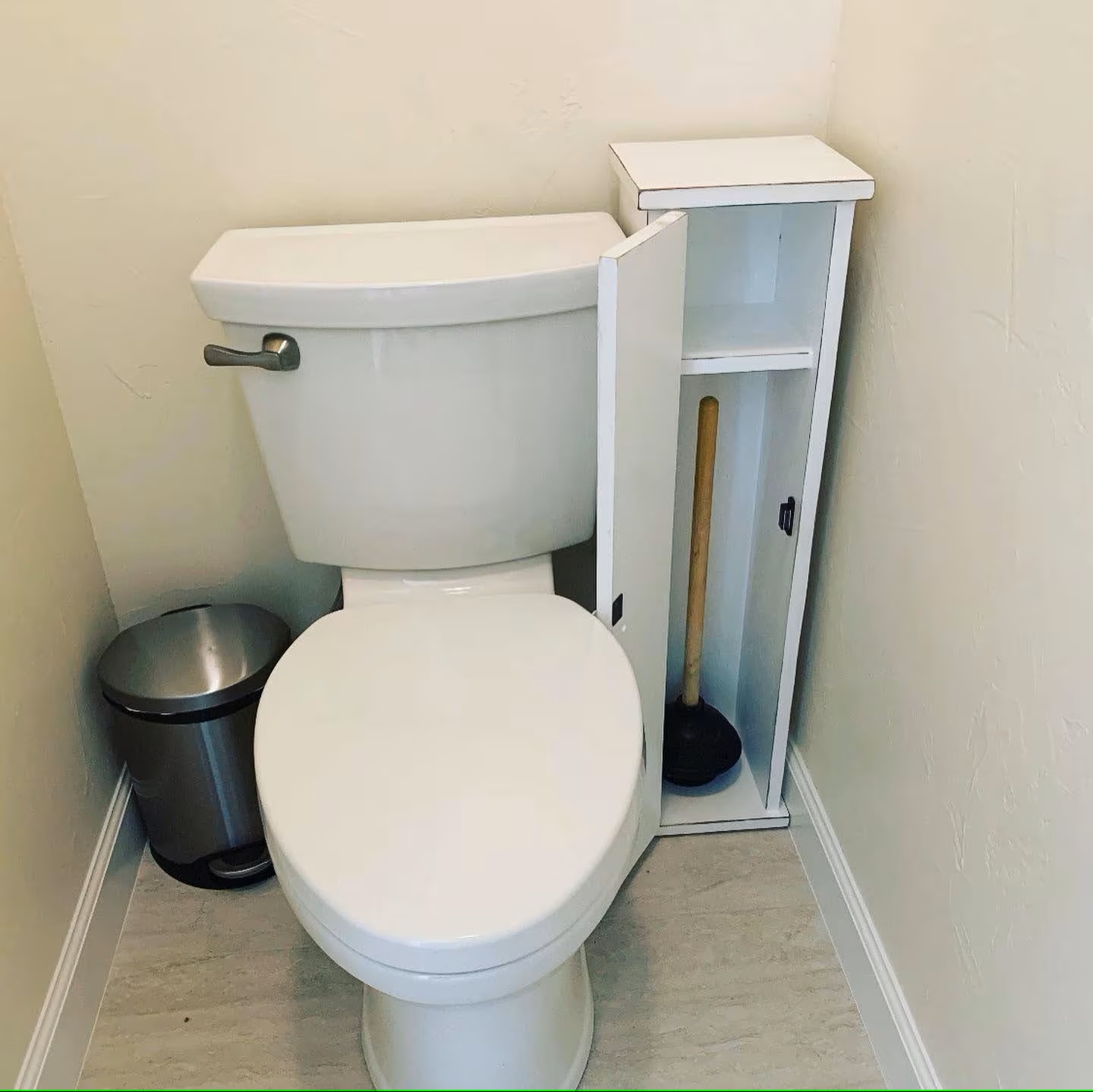
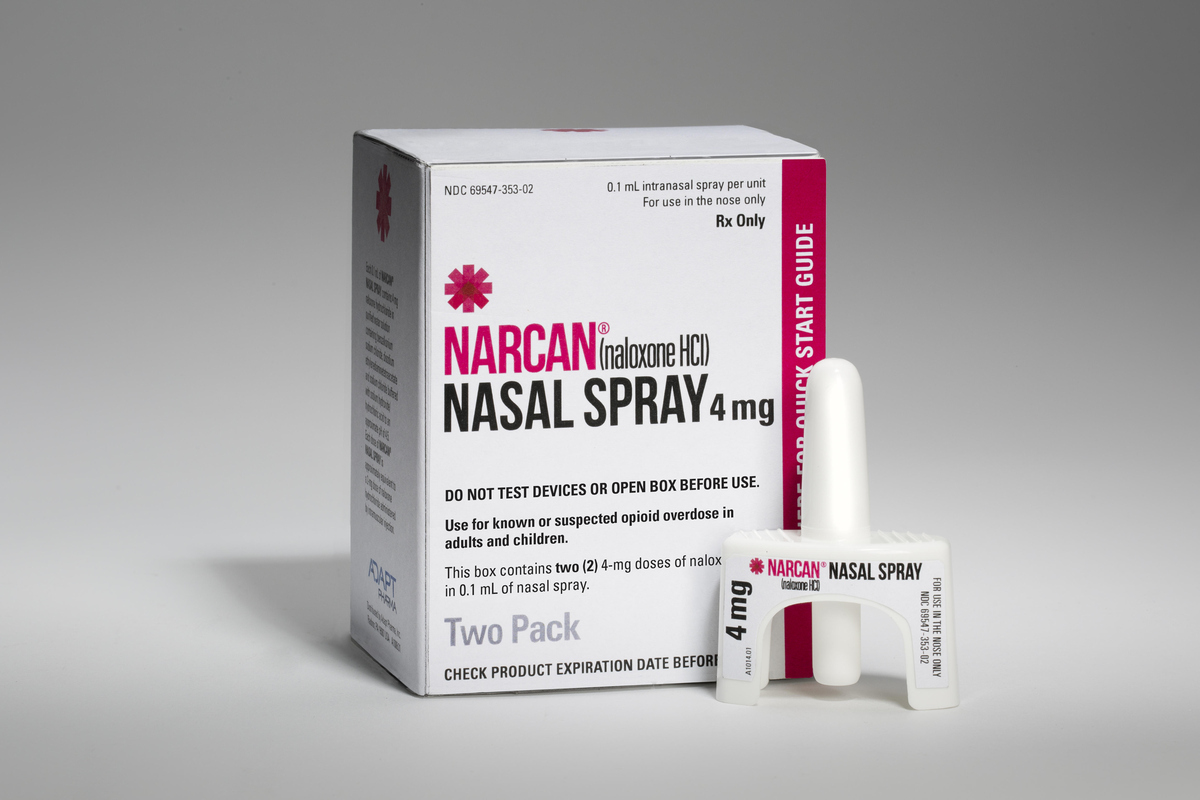
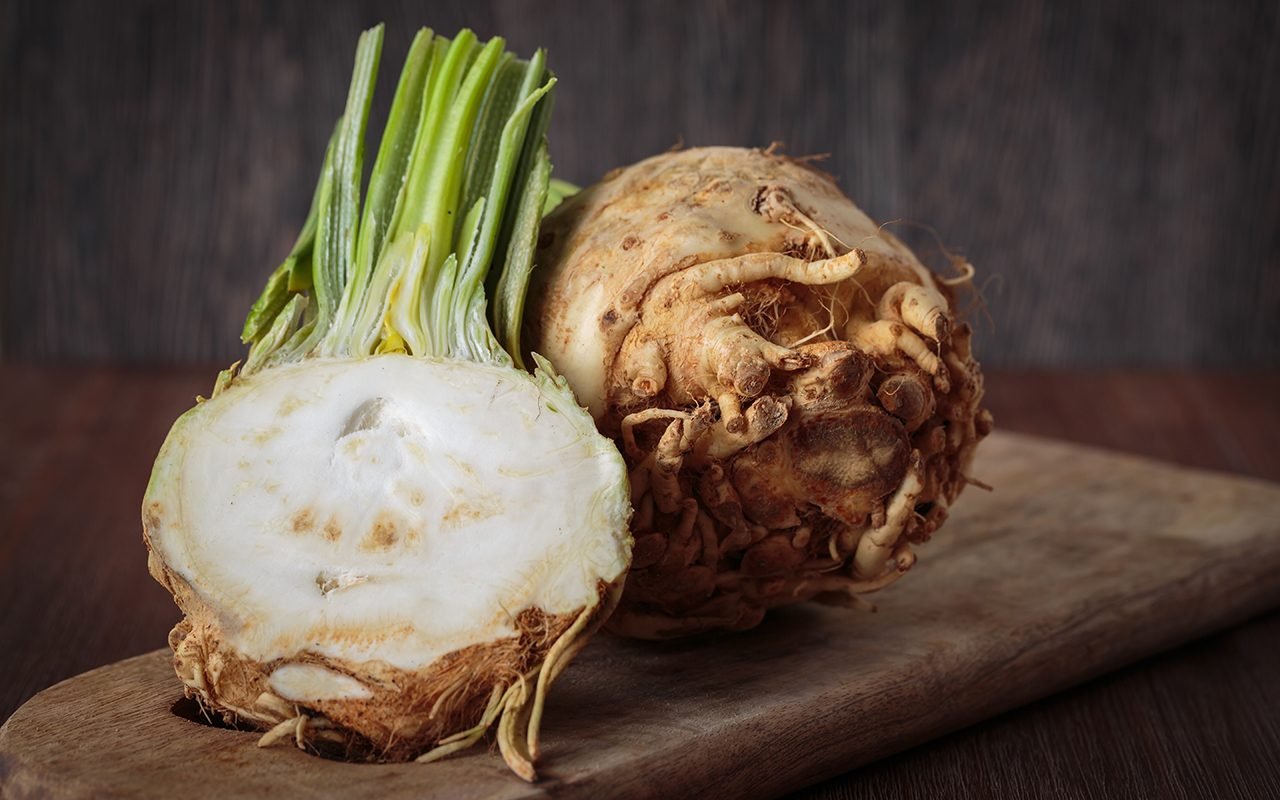
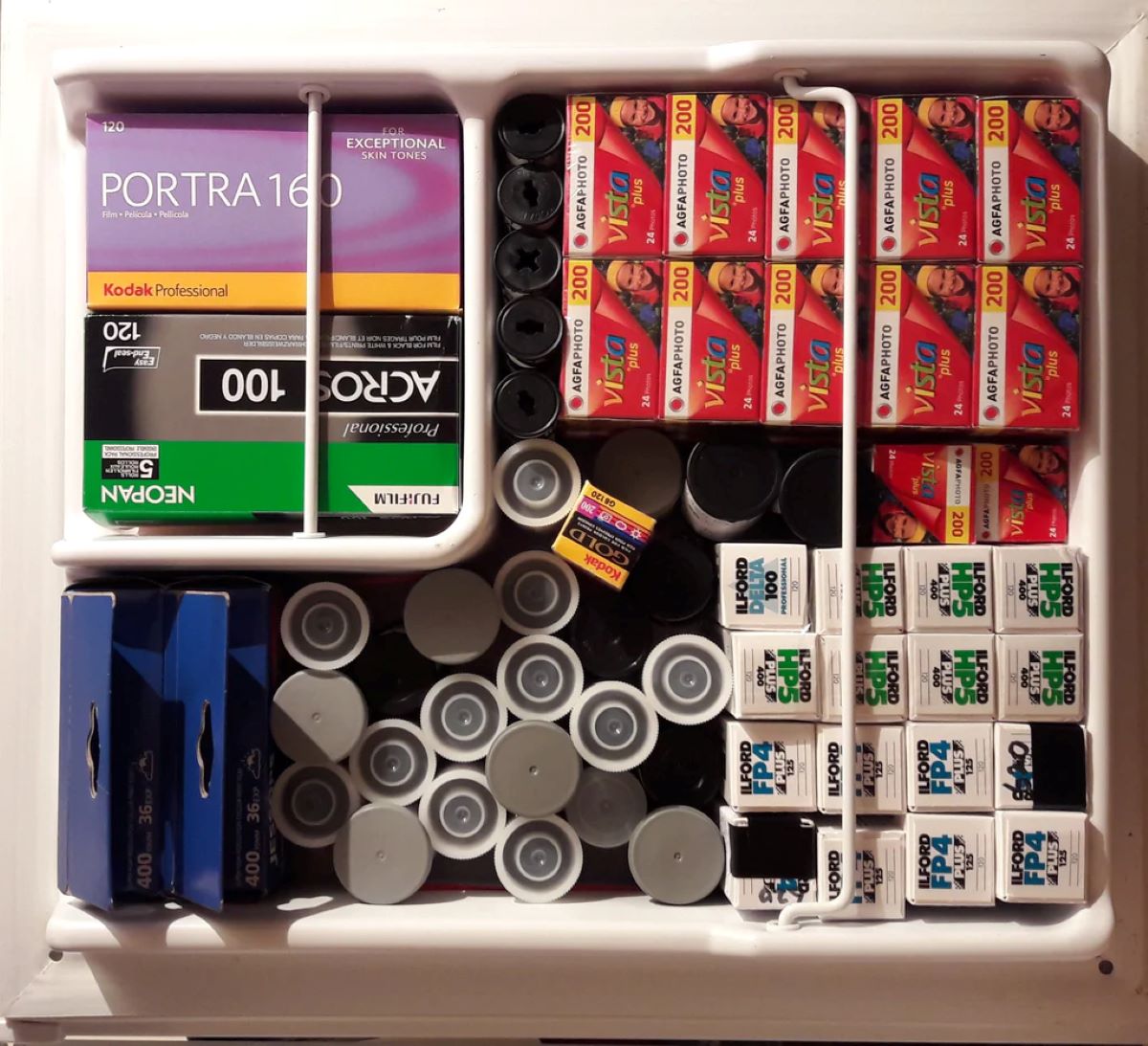
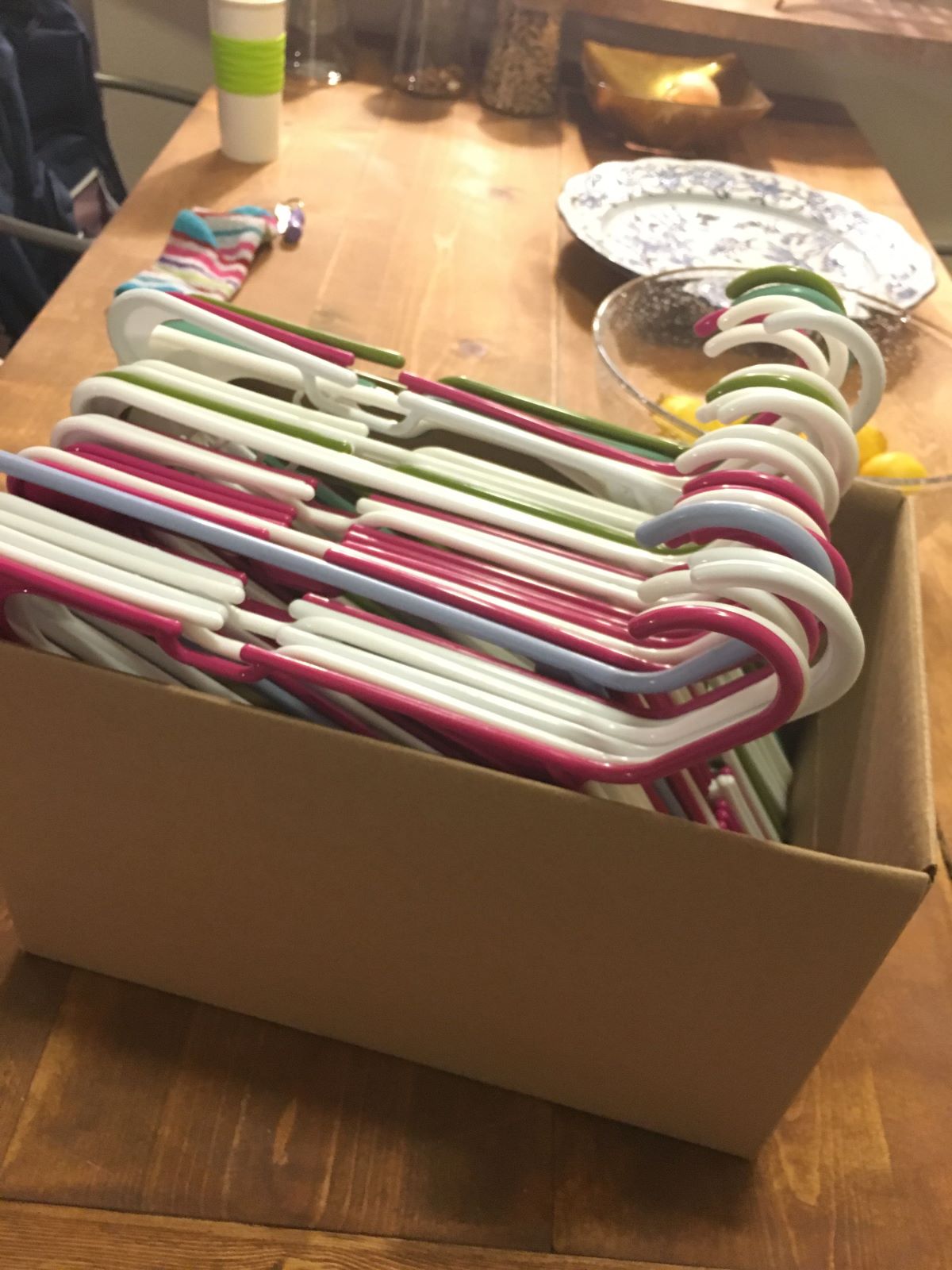

0 thoughts on “How To Store Mycelium”